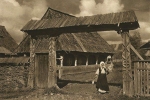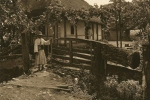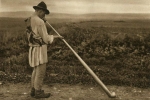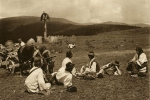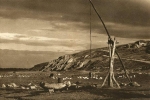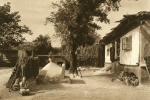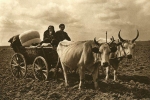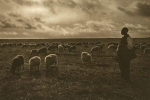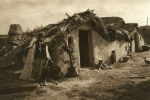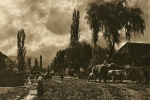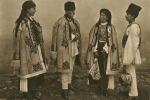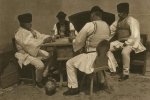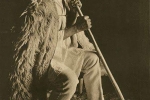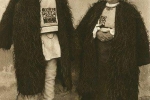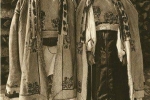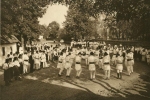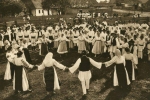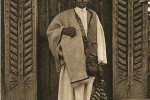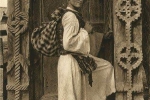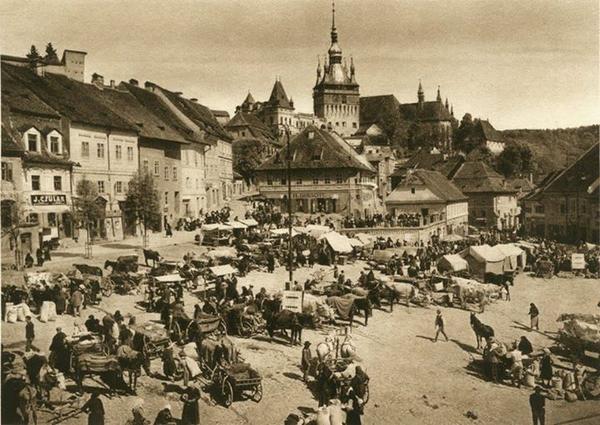 In 1933, photographic album “Romania” appeared in Leipzig, under the signature of photographer Kurt Hielscher, a fascinating album that would capture the atmosphere of the interwar years as few such albums did.
In 1933, photographic album “Romania” appeared in Leipzig, under the signature of photographer Kurt Hielscher, a fascinating album that would capture the atmosphere of the interwar years as few such albums did.
Hielscher reported in a “Foreword” how he came to this album: “In 1931, I was invited by the Romanian Government to travel as a guest in Romania and to make a book like Germany, Spain, Italy, the Countries Nordic, etc. On the eve of my journey a well-known writer wondered wondering, “Why should you waste your time with this work? What are you going to find in Romania? “Many people have the same opinion. How little is known about this country … ”
Hielscher was going to continue: “But besides the thanks I felt, working, I was grieved that the whole Romanian people is threatened by a cruel enemy, because the culture of this blessed country is approaching the heavy clouds of the West: the dust of civilization that stifles every life full of color. Some villages have also been shrouded; the gray cloud increasingly covers the ancestral tools and the cheerful color of the costumes, drowning them in the extinct monochrome of fashion everywhere. That’s how he gradually loses himself, a people with artistic sense, his old appearance. That’s why we put so much importance in these photos to folk life to the detriment of the landscape. It seems to me that I can save my book for future times, which is slowly and continuously destined to perish. May a favorable fate still keep the people of these mountains, valleys and plains long, in its beauty and spontaneity. “

